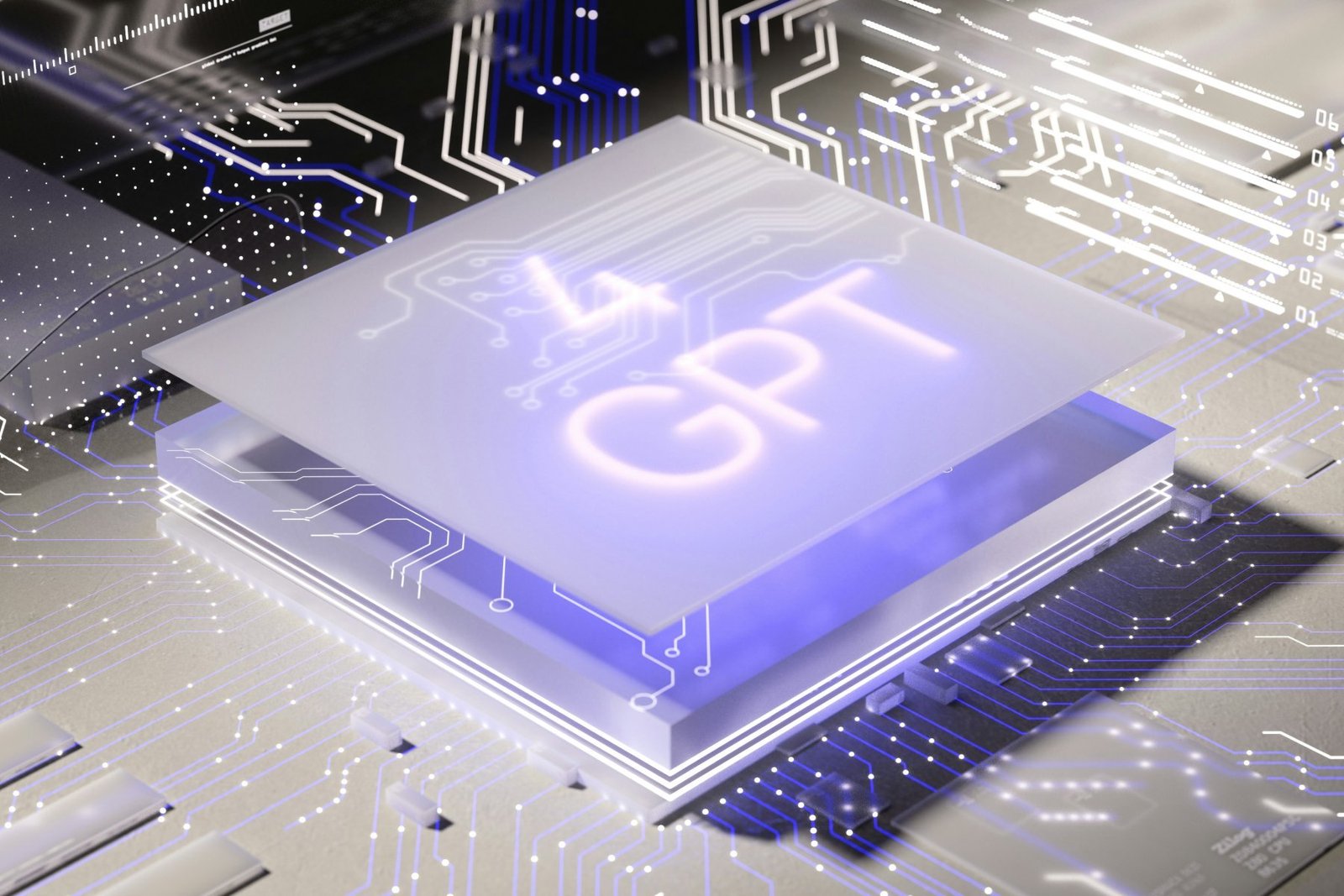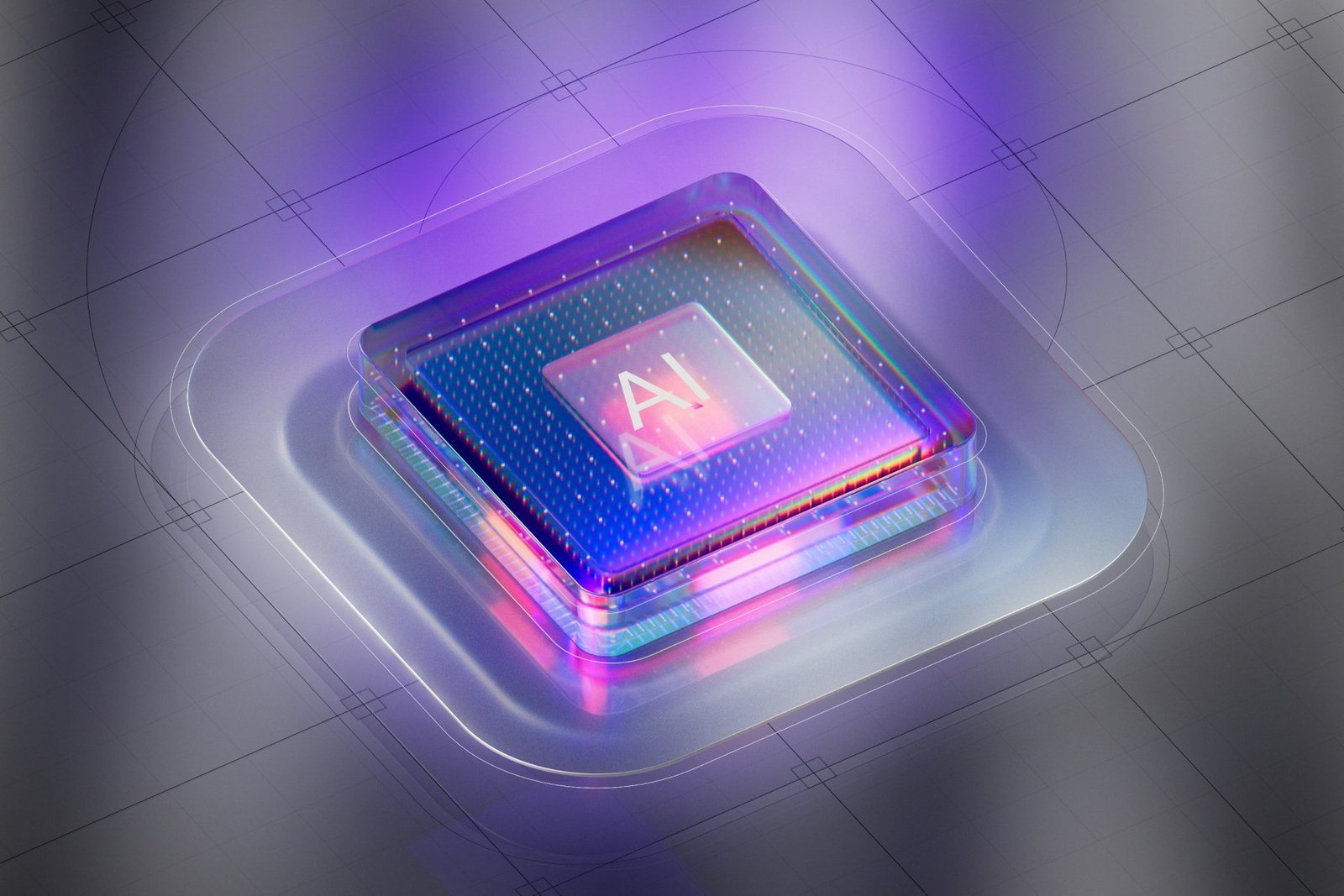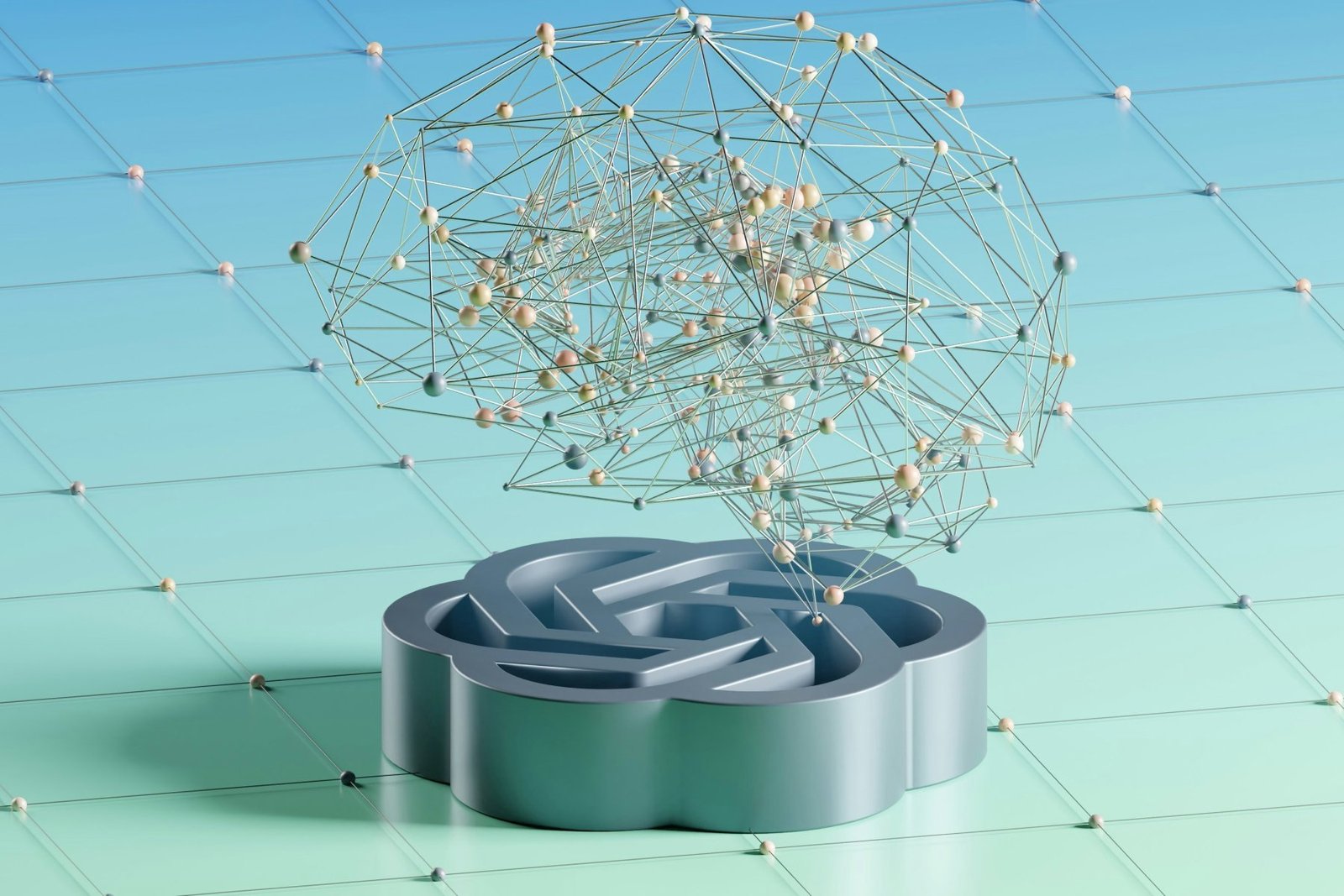Beyond the Firewall: The Rise of AI Agents for Proactive Cyber Defense
What if your cybersecurity wasn’t just reactive, waiting for attacks to happen, but truly proactive – identifying and neutralizing threats before they even reach your digital perimeter? This is the promise of AI agents in cybersecurity, a game-changer that Zybercure is at the forefront of exploring and implementing.
Traditional security measures, while essential, often rely on firewalls and antivirus software to block known threats. But in an era of rapidly evolving cybercrime, we need more intelligent, dynamic defenders. This is where AI agents step in – autonomous or semi-autonomous software entities designed to perform complex security tasks with minimal human intervention.
The Power of Autonomous Cyber Defenders
- Automated Threat Hunting: Instead of waiting for alerts, AI agents can continuously scour networks for subtle indicators of compromise (IoCs), identify suspicious behaviors, and map potential attack paths. They act as relentless digital detectives, unearthing hidden threats that human analysts might miss.
- Instant Incident Response: When a threat is detected, time is critical. AI agents can initiate immediate containment actions – isolating infected systems, blocking malicious IPs, or revoking compromised credentials – far faster than any human, drastically reducing the impact of an attack. This is true automated security.
- Vulnerability Management: AI agents can continuously scan systems and applications for vulnerabilities, prioritize them based on risk, and even suggest or automatically apply patches and configuration changes, keeping your defenses hardened.
- Security Orchestration & Automation (SOAR): AI agents integrate seamlessly with existing security tools, orchestrating complex workflows. They can collect data from various sources, analyze it, and trigger automated responses, freeing up human analysts for more strategic tasks.

Zybercure: Building the Future of Security
At Zybercure, we envision a future where individuals and organizations are protected by an intelligent network of AI agents. While our initial focus is on educating the masses with our “AI + Cybersecurity” course, our roadmap includes developing practical Zybercure solutions like micro-AIaaS agents for specific tasks, and ultimately, a comprehensive suite of AI agents for robust AI defense.
The future of security is intelligent, autonomous, and proactive. AI agents are not just tools; they are becoming essential members of our digital defense teams. Join Zybercure as we build and deploy these silent sentinels, ensuring a more secure and resilient digital world for everyone.
Ready to dive deeper? Explore our course: ‘AI + Cybersecurity: Integrating for a Secure Life and Work’ today at Zybercure.com!



Predictive Defense with Behavioral Anomaly Agents
AI agents are moving beyond simply reacting to known threats. They are becoming integral to a predictive defense strategy by learning and understanding what “normal” behavior looks like across vast, dynamic environments.
- User and Entity Behavioral Analytics (UEBA) Enhancement: AI agents continuously profile individual users, devices, and applications. They learn login times, access patterns, data usage, and even typing cadence. Any statistically significant deviation, no matter how subtle, is immediately flagged, anticipating insider threats or compromised accounts before a breach occurs.
- Dynamic Baseline Adaptation: Unlike static baselines, AI agents dynamically adjust their understanding of “normal” as network environments evolve, new applications are introduced, or user roles change. This minimizes false positives while ensuring continuous, accurate detection of true anomalies indicative of a threat.
- Early Warning for Lateral Movement: By monitoring east-west network traffic, AI agents can detect the early stages of an attack where adversaries are attempting to move laterally across systems. Unexplained connections or unusual data transfers between internal hosts are key indicators that AI agents are trained to spot and alert on.
- Risk Scoring and Prioritization: AI agents don’t just generate alerts; they apply sophisticated risk scoring to identified anomalies. This ensures that security teams are presented with prioritized threats, allowing them to focus their limited human resources on the most critical and impactful potential incidents first.

Examples of AI Automation in Action
To illustrate the tangible impact of AI agents, consider these real-world scenarios:
Automated Phishing Response:
- Description: An AI agent monitors incoming emails. It detects a highly sophisticated phishing attempt (perhaps generated by adversarial AI) that bypasses traditional filters. Instead of just quarantining, the AI agent automatically analyzes the sender’s domain reputation, checks the embedded URLs against threat intelligence, flags the email for the user, removes it from their inbox, and then blocks the sender across the entire organization’s email gateway.
- Image Concept: A visual representation of an email interface, with a malicious email being automatically moved to a “quarantined by AI” folder, and a small pop-up notification showing “Threat Detected & Blocked by AI Agent.”
Instantaneous Malware Containment:
- Description: A new, unknown piece of malware (a zero-day) attempts to execute on an employee’s endpoint. An AI agent monitoring endpoint behavior detects the anomalous process (e.g., attempting to encrypt files or connect to unusual external IPs). Within milliseconds, the AI agent automatically isolates the affected machine from the network, prevents data exfiltration, and logs all relevant forensic data for human review, stopping the spread before it can cause damage.
- Image Concept: A diagram showing a network, with one computer highlighted and a “firewall” or “quarantine” barrier rapidly forming around it, with text like “AI Agent: Malicious Activity Detected. System Isolated.”
Proactive Cloud Security Posture Management:
- Description: An organization uses multiple cloud services. An AI agent continuously scans their cloud configurations for misconfigurations, exposed storage buckets, or overly permissive access policies that could lead to a breach. Upon identifying a critical misconfiguration, the AI agent automatically reconfigures the setting to align with security best practices, logs the change, and notifies the cloud security team of the automated remediation.
- Image Concept: A cloud icon with various smaller icons representing cloud services. An AI agent symbol is shown “scanning” them, and then a “corrected” checkmark appears next to a potentially vulnerable service, with text “Cloud Misconfiguration Auto-Remediated by AI.”



